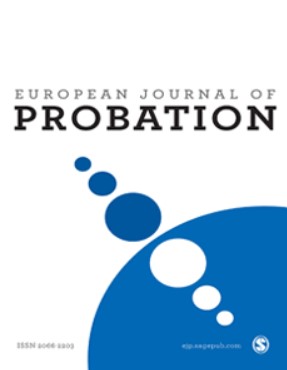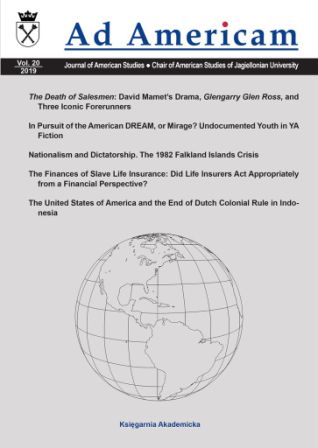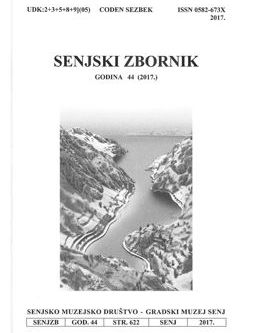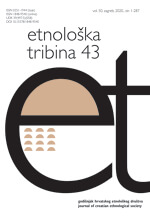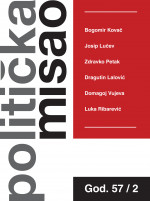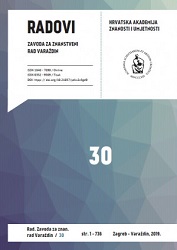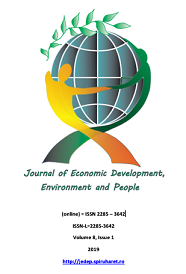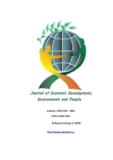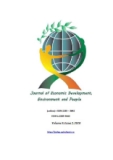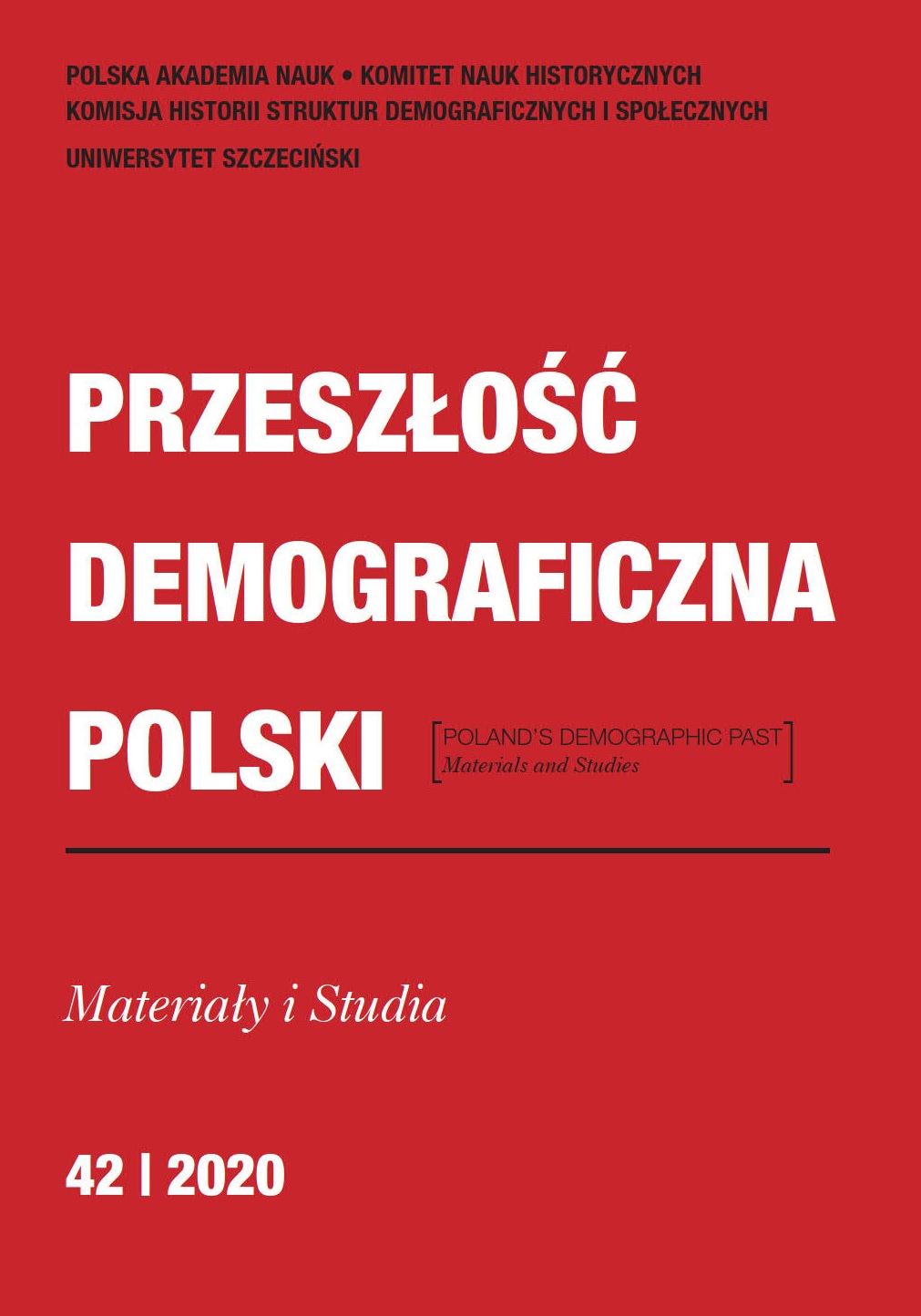Author(s): Mirjana Trošelj / Language(s): Croatian
Issue: 1/2017
Presented in the paper is the exceptional biography of the parish priest Don Ante Adžija (1880-1944), the most significant and most distinguished person of the 20th century from Starigrad-Paklenica, who was unfairly and unjustifiably neglected in the perception of the pastoral, humanitarian, cultural, socio-economic, enlightening and other activities in the parish in the period between the two world wars. Thanks to him, the village from the first half of the 20th century became the second, even to this today, most developed touristic municipality on the stretch from Karlobag to Zadar. The purpose of this paper is to raise awareness about such individuals, great figures, to whom by their work their people and the culture to which they belonged are indebted. The paper consists of three parts. In the first part is described his life path, ancestry, schooling and priestly activity until moving into the parish of Starigrad-Paklenica in 1923. In the second partis described his work in the new parish on the religious, cultural-historical, enlightening, health, mountaineering-touristic and economic plan, in order that "in the most abandoned region of the Zadar archdiocese"1 he sets the foundations for the overall improvement. On these principles Starigrad-Paklenica developed into a modern touristic municipality. In the historical context of the first Yugoslavia in the complicated socio-political and economic conditions, which were also reflected in the passive areas of Podgorje, Don Ante Adžija did not lose faith in the realisation of his messianic goals. He loved his people, his old Starigrad people and as God’s emissary he used every opportunity and possibility to make their life better. To this end, he developed a collaboration with distinguished personalities from the socio-political, economic and culturalcircle of the Littoral and Sava Banovinas (from Rijeka to Split and Zagreb), of distinguished scientists, scientist-mountaineers from Croatia and abroad. A special reference in the paper is made to his research of cultural-historical heritage, the collecting of archaeological material (ancient and Old Croatian sacral monuments), the establishment of a museum in the parish house, and there novation and maintenance of preserved sacral buildings. As a collaborator with the Museum of Croatian Monuments and a member of the Antiquarian Museum Association in Knin, he participated in the rescuing of Old Croatian heritage from the area of northern Dalmatia in 1941. Int he third part, instead of a conclusion, described is how not even the circumstances of the Second World War were able to hinder him, although he had a premonition of death in 1941, he selflessly worked for his parish and parishioners and as the Saviour he helped save man, his people and its heritage all the way until his martyr’s death in 1944.This paper is based on the records of the ‘Paklenica’ Branch Office of the HPD (Croatian Mountaineering Association) under the title of ‘Starigrad under Velebit’ from the Archive of the Samobor Museum, articles from the magazine ‘Croatian Mountaineer’ from the Archive of HPS(Croatian Mountaineering Association) Zagreb, from 1923-1940, newspaper articles and family photographic material and material from unknown sources from the pages of Facebook. Also included in the paper are testimonies from the close relatives of Don Ante Adžija, local people at Starigrad Punta, the notes of respected mountaineers and others who knew him. Expert literature so far has not seriously dealt with him, apart from short records about his pastoral work before his arrival at the Starigrad-Paklenica parish and some information, mostly incomplete or inaccurate, about his death. The Starigrad-Paklenica creative period from 1923-1944, has not been included int he expert literature, apart from a modest note of the author upon the 60th anniversary of his death.2Therefore, this paper should be considered as a starting point for future research, based on any eventual unidentified archive material which is unavailable at the present time. This primarily relates to archive documentation of the ban administration of both Banovinas and state administration. All of his handwritten material and documentation stored in the parish house and Parish Church of St George was burnt in 1944, and one part of the written sacral material was thrown in to the sea, whereby his pastoral and research-creative biography has been damaged, and with that ‘biography’ so has the history of Starigrad-Paklenica.
More...

